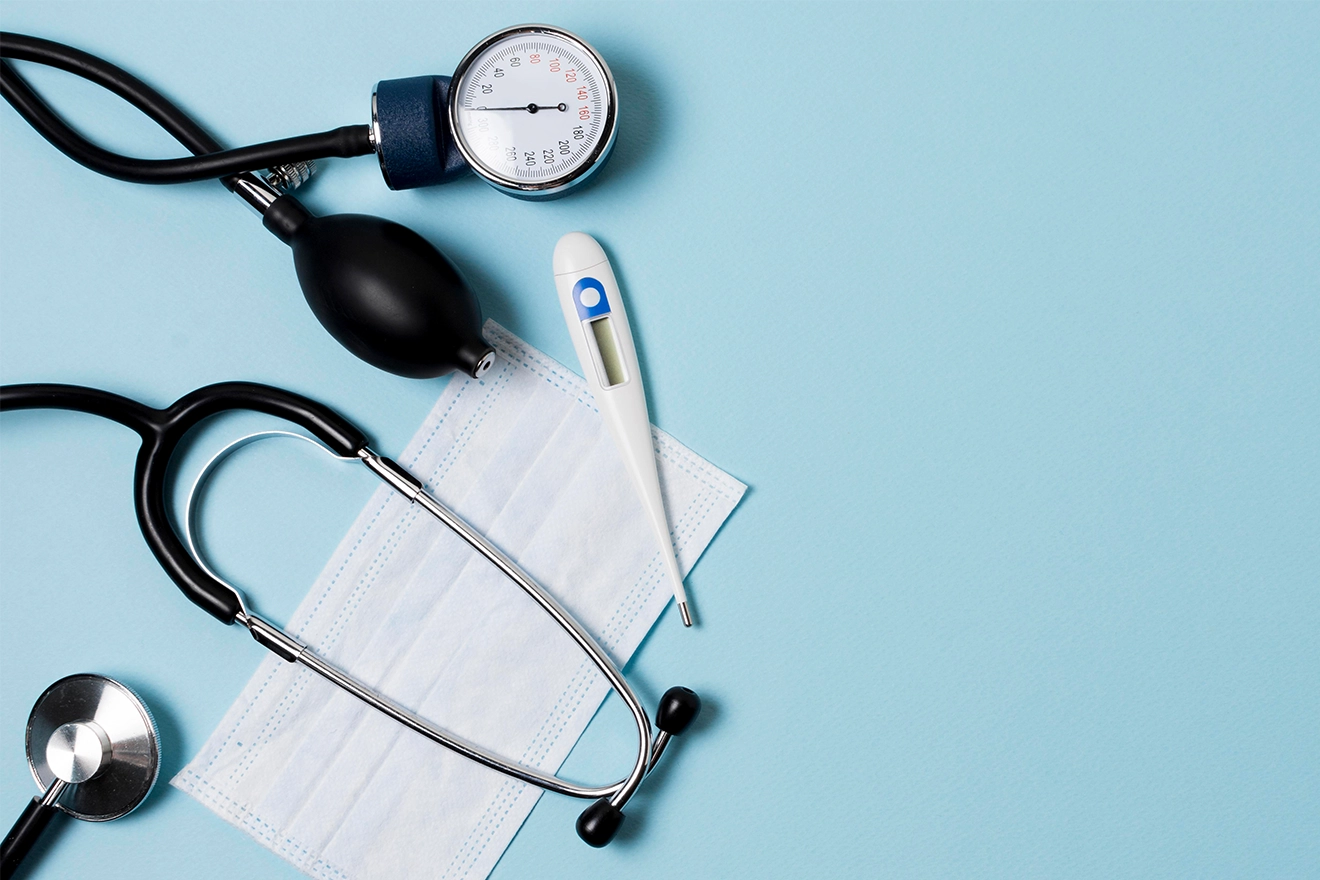
Medical device grouping in India is a Regulatory process that enables manufacturers and importers to register multiple devices under a single license. Regulated by the Central Drugs Standard Control Organization (CDSCO), the grouping guidelines specify how companies can group their medical devices for import or manufacture clearance. This classification simplifies the application process and saves time and costs for license applicants. In this blog, we shall explore the various categories of medical device grouping in India, the benefits it offers, and the registration process under each grouping.
What are the Different Categories of Medical Device Grouping in India?
In accordance with the Medical Device Rules-2017 (MDR-17) in India, medical devices are categorized into four (04) risk-based classes (A, B, C, and D). The main of aim of grouping these devices is to streamline the application process, and thereby reduce time and costs for individuals seeking licenses for importing, manufacturing, selling, or distributing medical devices. We shall now look at the various categories of medical device grouping in India. Here are the key categories, followed by a detailed representation of the grouping in Table 1:
- Single
- Family
- System
- Group
- In Vitro Diagnostic (IVD) Test Kit
- IVD Cluster
Table 1: An Overview of Medical Device Grouping in India
| Types and Examples | Standards | Regulatory Requirements |
Single Medical Device
For example, condoms are available in packets of three (03), ten (10), or sixteen (16), and they can be licensed under a single medical device application. | · Available in various package sizes and sold as distinct package units. · Medical devices that cannot be allocated to a family, system group, IVD test kit, or IVD cluster must be adequately licensed. · Medical devices sold individually as specific components of a group require separate licensing.
| For each individual device with different package sizes/unit numbers, separate documentation and fee requirements apply. |
Family For example, contact lenses incorporating an extra UV protection feature can be classified as a “family” due to their shared fundamental design and manufacturing. | · Medical device family refers to a collection of medical devices sharing common characteristics like: 1. Belonging to the same license holder. 2. Having the same class of risk classification. 3. Common intended uses. 4. Similar design and manufacturing processes, while differences remain within permissible variants. | · The fee for the family is singular. · The Device Master File (DMF) is shared/common for the family.
|
System
For example, Class III medical devices such as orthopaedic implants and haemodialysis machines. | · Medical devices comprising systems must meet the following criteria: 1. Same license holder for system components. 2. Components are designed to be utilized together to fulfil a specific purpose. 3. Components demonstrate compatibility when employed collectively as part of the system. · The complete system can be marketed using a singular proprietary system name. | · Systems, when sold or imported as a single unit/single packet, can be registered under one application, and incur unified fees. · Separate documentation is required for the different components of the system. |
Group
For example, first aid kit | · A group of medical devices refer to two (02) or more devices supplied in a single package by the same license holder, satisfying the following conditions: 1. The medical devices can be marketed under a unified brand group name. 2. They share a common intended use. 3. Within the group, the medical devices may have distinct brand names, intended uses, and designs, as they are sold by different license holders. · This classification does not apply to IVD devices. | · For each medical device within a group, separate documents and a single fee are necessary. |
IVD Kit
For example, coagulation tests systems | · If the components provided for use in a system can be utilized in multiple systems, they must be included in the license application for each respective system. | · If the manufacturer chooses to sell the system both as a single unit and as individual components, separate fees and documentation are necessary. |
· In the context of IVDs: 1. Instruments such as analyzers, which are required for conduct the test, are not considered part of the classification. 2. Individual reagents or articles may be supplied independently for the kit. If these agents or compositions can be utilized in multiple test kits, they must be included in the claims of the respective kits. | · IVD test kits can be marketed both as a single unit and as individual components, where each unit requires distinct fees and documentation. | |
| · If the components provided for use in a system can be utilized in multiple systems, they must be included in the license application for each respective system. | · If the manufacturer chooses to sell the system both as a single unit and as individual components, separate fees and documentation are necessary. | |
IVD Cluster
For example, devices used for the detection of infectious agents. | · An IVD cluster consists of several IVD reagents or articles that: 1. Have the same license holder. 2. Have a common procedure. 3. Can be sold under a single brand name. 4. When used as a test kit are compatible. | · Although each product fee is distinct, they all share the same DMF. |
The grouping of medical devices in India offers significant advantages in terms of streamlining Regulatory processes and marketing strategies. It is essential for manufacturers to adhere to specific guidelines while ensuring compliance with the relevant regulations. To embrace the medical device grouping framework, reach out to us.









